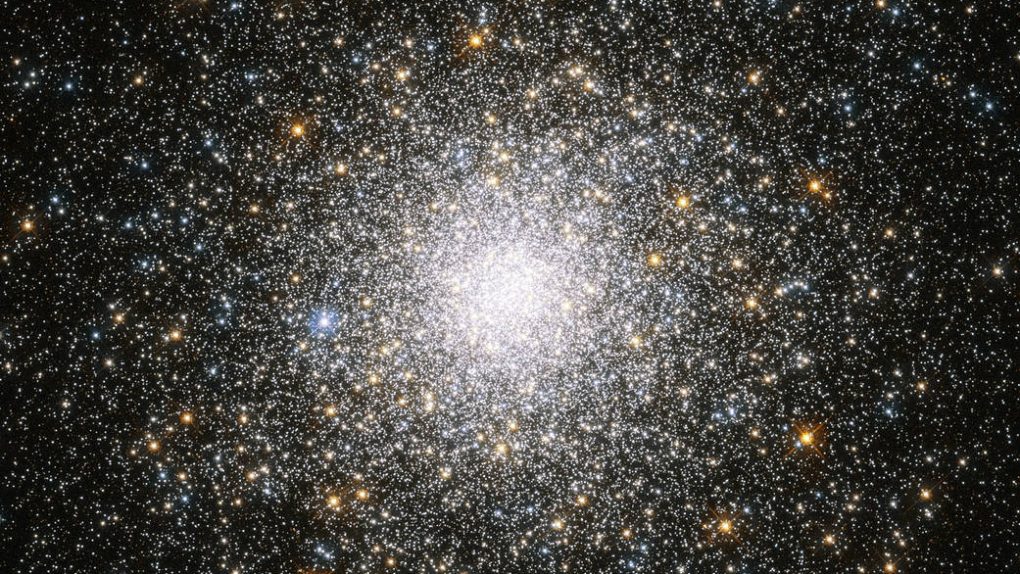There are many mysterious things in space that we can’t study in great detail because they’re simply too far away. As technology advances, we’ll have the opportunity to do more intensive research of far-off objects, but as we sit here on Earth, a truly bizarre phenomenon has routinely made the trip right to our front door, and scientists are still struggling to explain it. They’re called FRBs, short for Fast Radio Bursts, and discovering what causes them may be one of the great achievements in space science.
Fast Radio Bursts are exactly what they sound like. They’re intense blasts of radio energy that speed through space and occasionally can be detected by scientists on Earth. They’re often one-time events, originating from a far-off point in space and never repeating. Some, however, do repeat, and on a pretty regular schedule, which only serves to make the events even more puzzling. Now, astronomers using observations from the Hubble Space Telescope have detected the origins of five such bursts, and they’re all located in different far-off locations in the cosmos.
Fast radio bursts, or FRBs, are extraordinary events that generate as much energy in a thousandth of a second as the Sun does in an entire year! Astronomers using NASA’s Hubble Space Telescope have traced the locations of five brief, powerful FRBs, which are near or on their host galaxies’ spiral arms. The research helped rule out some of the possible stellar objects originally thought to cause these brilliant flares.
As the video description above notes, the locations of the five FRBs that astronomers were hunting have been traced to spiral arms of various galaxies. The most likely explanation for what caused these incredible releases of energy is magnetars, which are incredibly dense neutron stars that may partially collapse under their own intense gravity and magnetism, generating massive bursts of radio energy in the process.
“Owing to their strong magnetic fields, magnetars are quite unpredictable,” Wen-fai Fong, co-author of the work, said in a statement. “In this case, the FRBs are thought to come from flares from a young magnetar. Massive stars go through stellar evolution and becomes neutron stars, some of which can be strongly magnetized, leading to flares and magnetic processes on their surfaces, which can emit radio light. Our study fits in with that picture and rules out either very young or very old progenitors for FRBs.”
In ruling out other potential causes of FRBs, the researchers have made a stronger case for magnetars, but it’s not yet conclusive. As new telescopes and more powerful observational technologies emerge, we may be able to truly answer the question of where these signals are coming from, but we’re just not there yet.








